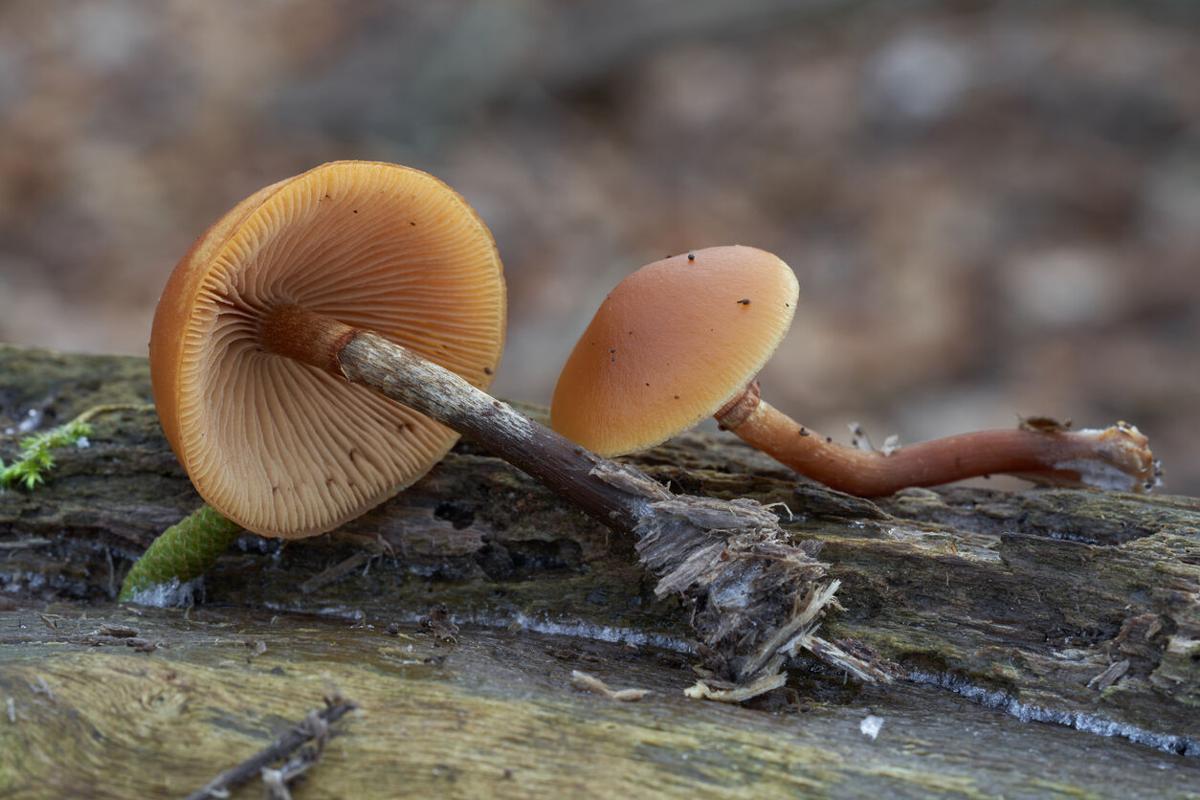‘Most common’ deadly mushroom in Colorado one you’ve probably seen before
There’s a book titled “Foraging Mushrooms of the Rocky Mountains: Finding, Identifying, and Preparing Edible Wild Mushrooms” and it’s a read that’s sure to be of interest to outdoor recreators in Colorado. It provides a ton of helpful information when it comes to searching for this coveted cooking ingredient, and even if one isn’t looking to forage for mushrooms, the ample information it offers about the state’s fungi is fascinating.
Granted, it’s impossible to talk about edible mushrooms without also discussing dangerous mushrooms to watch out for – there’s an entire chapter in the book dedicated to that topic. As might be expected, several mushroom varieties found in Colorado can be deadly if consumed, but perhaps no deadly mushroom is more common in Colorado than the Deadly Galerina, also sometimes known as the Funeral Bell.
Typically popping up from June to September in elevations above 7,800 feet, the Deadly Galerina, Galerina marginata is often found on dead wood or in mossy patches.

The Deadly Galerina. Photo Credit: Leonora Oates (iStock).
Leonora Oates

The Deadly Galerina. Photo Credit: Leonora Oates (iStock).
The Falcon Guides book on foraging describes the Deadly Galerina as “small mushrooms, convex becoming flat, smooth, viscid to dry, ochraceous tawny fading to dull tan in color, [and] hygrophanous.” Gills are attached to the stem and closely crowded, with the mushroom’s stem moderate in thickness and length. According to the guide, this is “probably” the most common deadly mushroom found in the Centennial State.

Galerina marginata. Photo Credit: (iStock).
Igor Kramar

Galerina marginata. Photo Credit: (iStock).
The chemicals of the fungus don’t harm humans unless they’re consumed, but when eaten, this little brown mushroom produces nasty symptoms that result in possible death.
According to the Missouri Department of Conservation, symptoms tend to start appearing about 10 or more hours after consumption, first as vomiting, diarrhea, and cramps. While these symptoms can subside, later symptoms of kidney and liver dysfunction can occur, and eventually, death.
It’s worth noting that an article from Science Direct reports that most people who consume this mushroom ultimately survive, and many who have their liver damaged by the fungi eventually see a full recovery. Either way, this mushroom is certainly one to avoid as it can kill.
It’s best to admire this mushroom from a distance. And in any case where someone is foraging for wild mushrooms, they should be fully certain they know what they’re picking up before popping it in their mouth.
Learn more about this mushroom and others found in the Rocky Mountains in the Falcon Guide.




